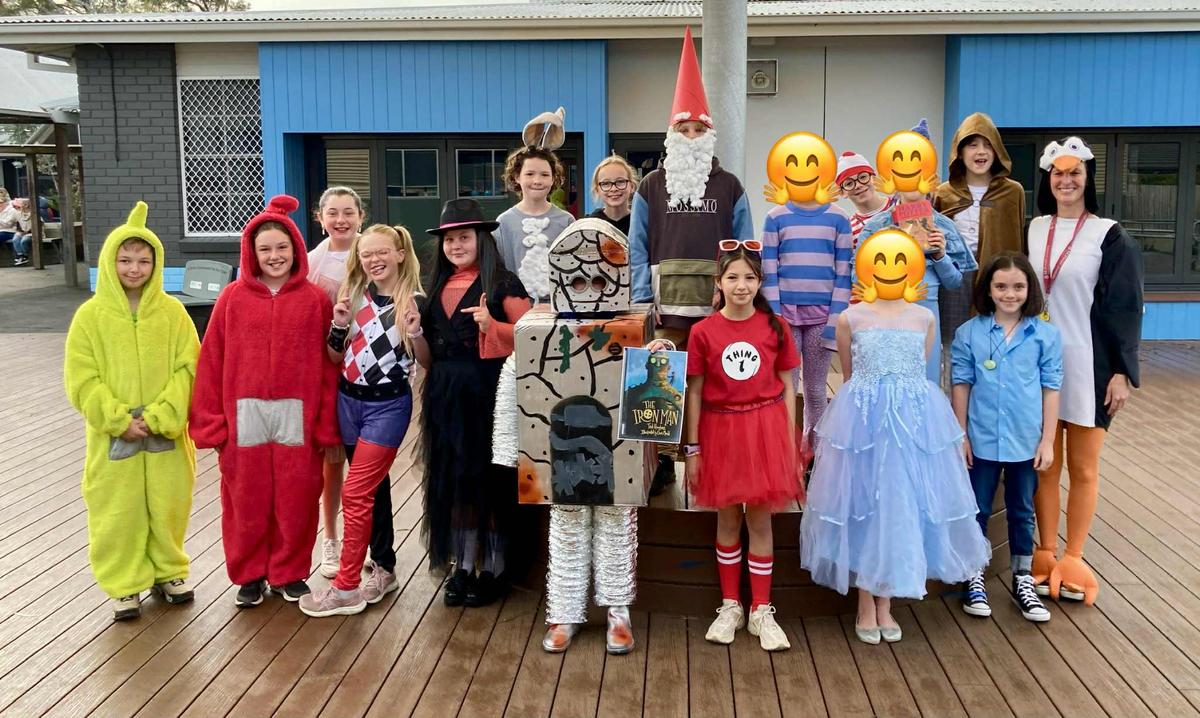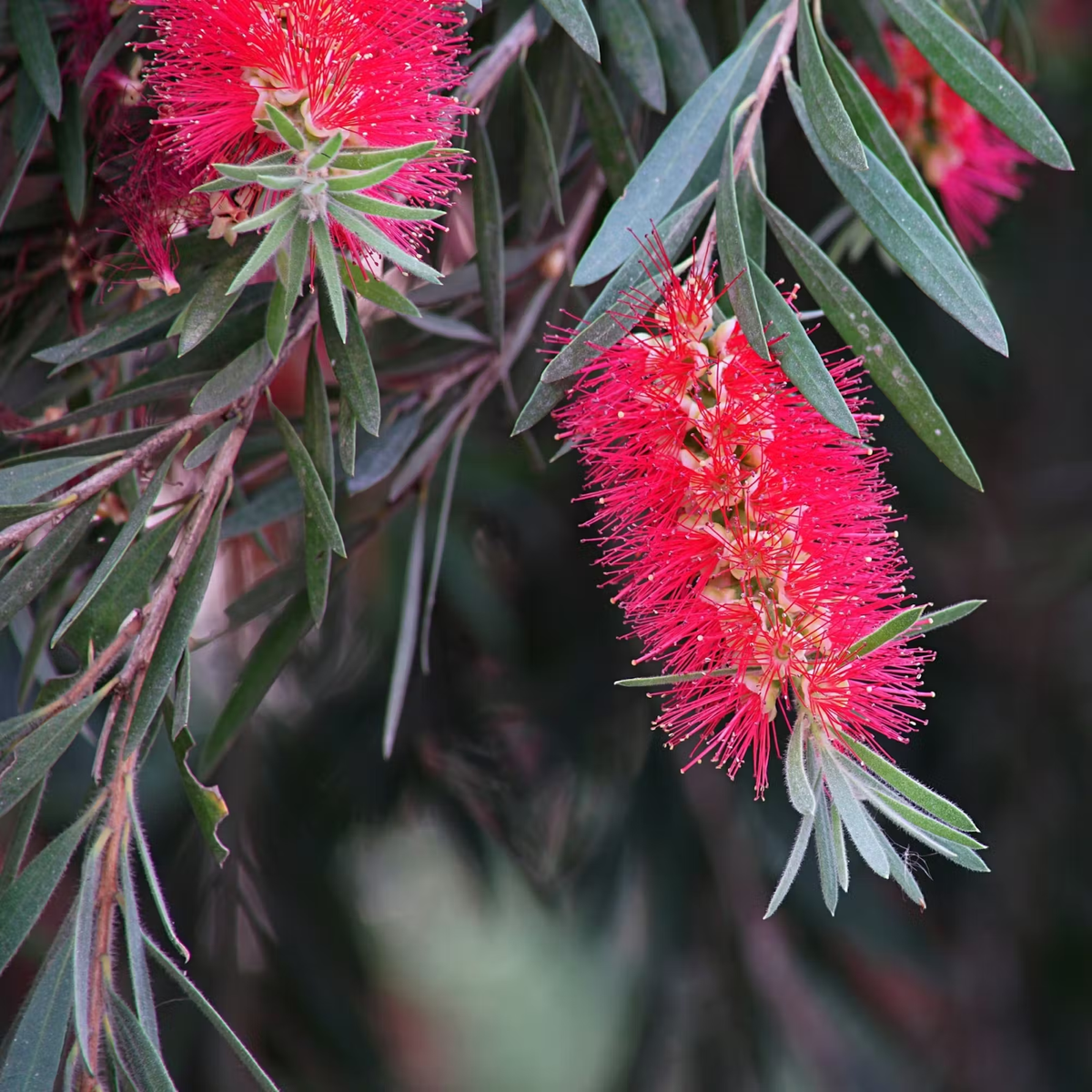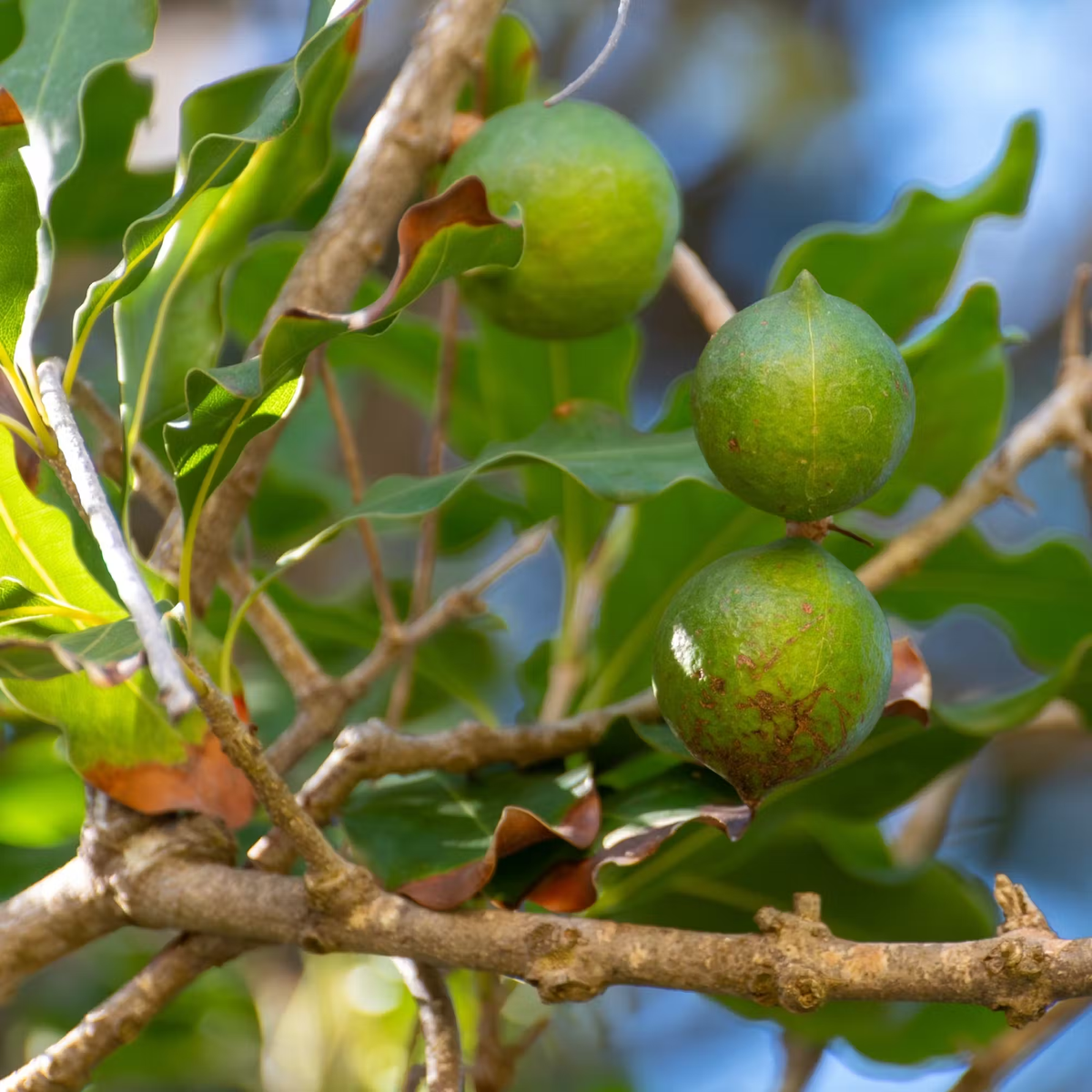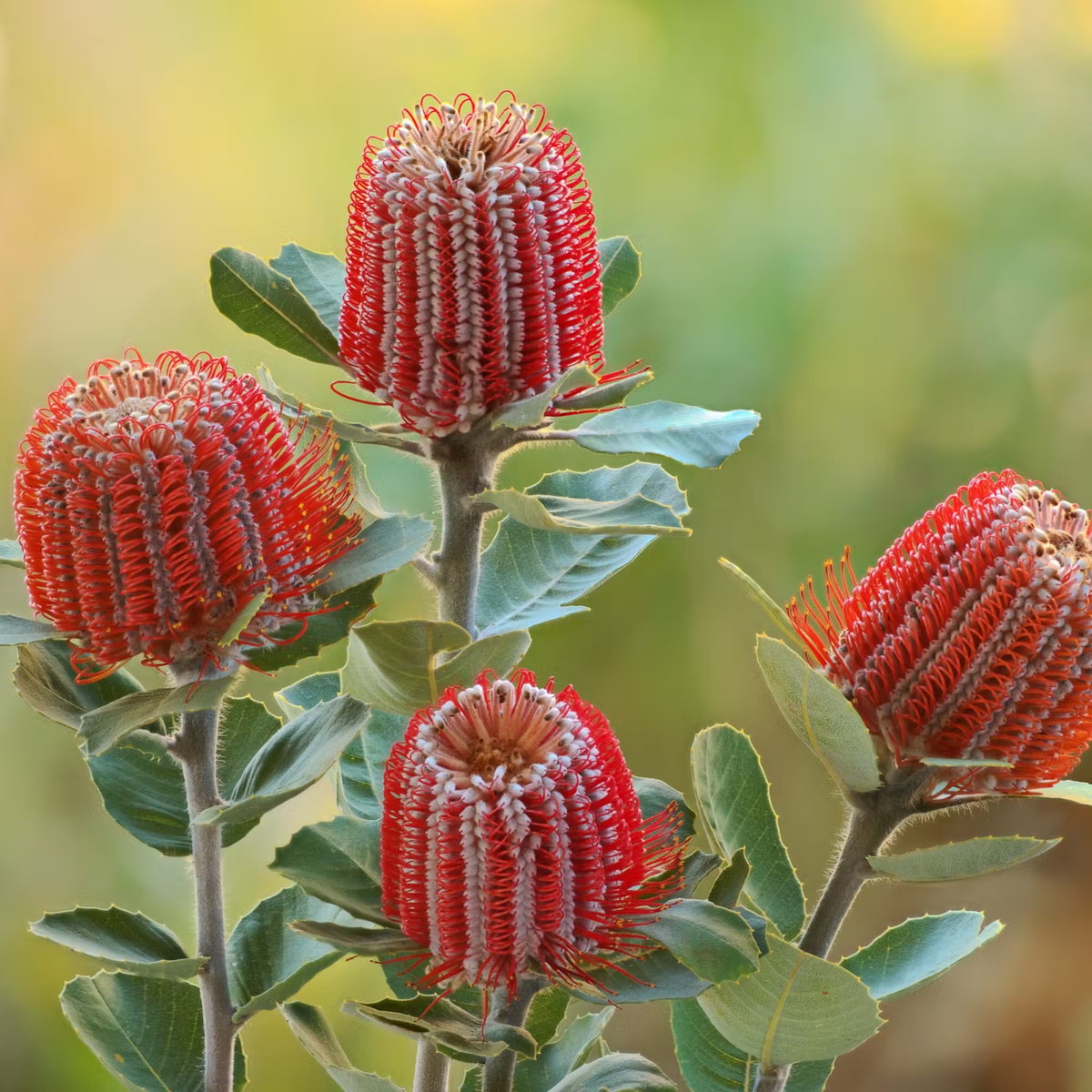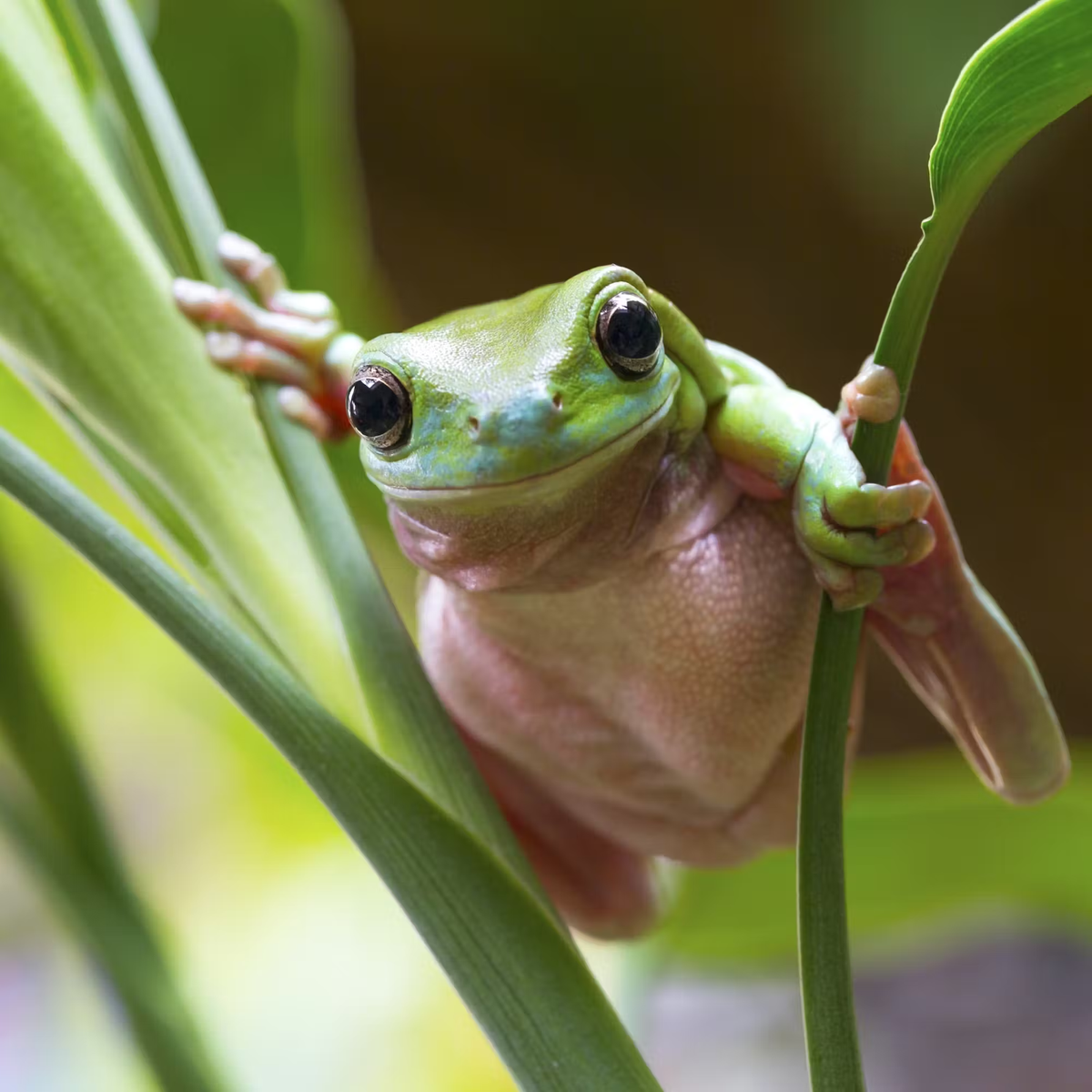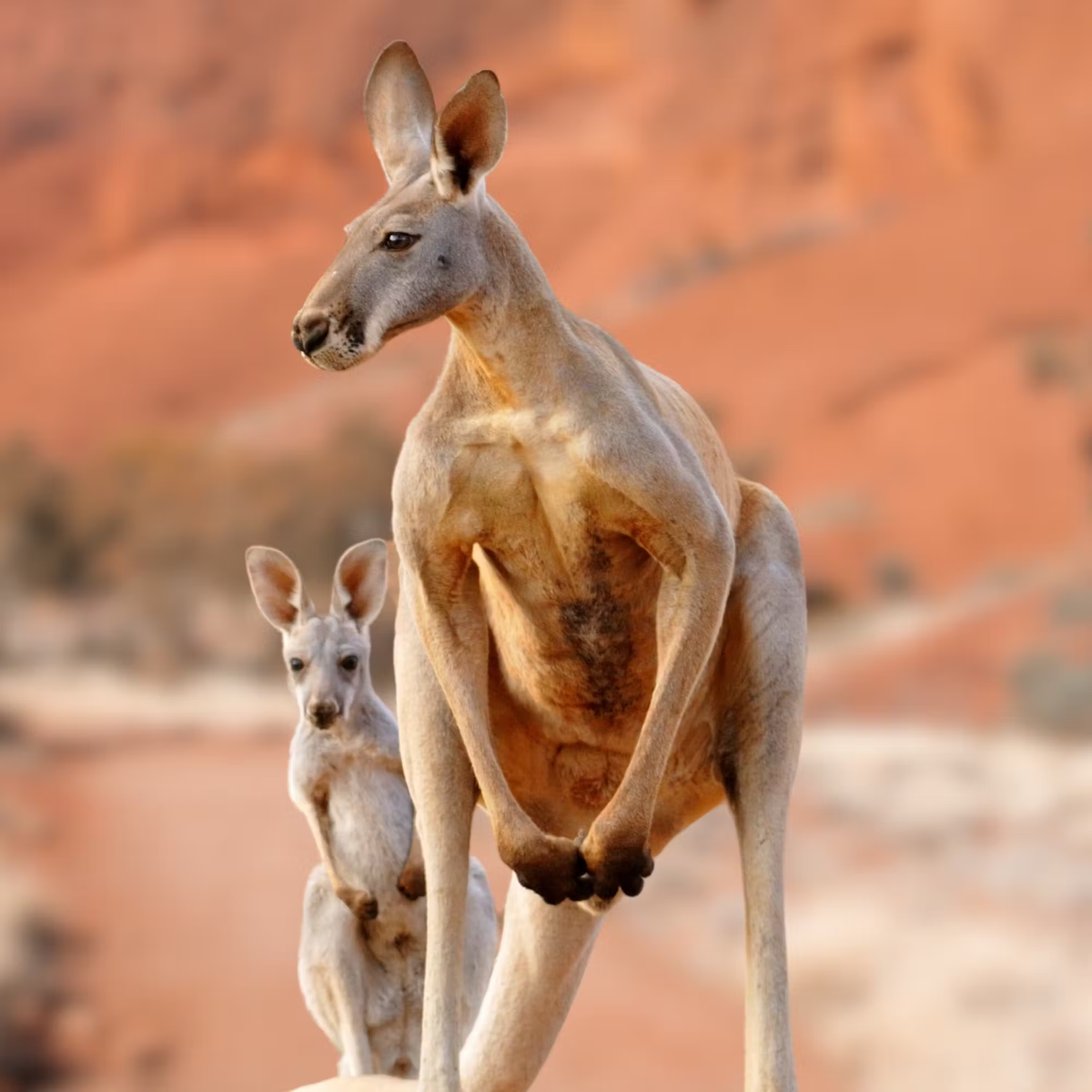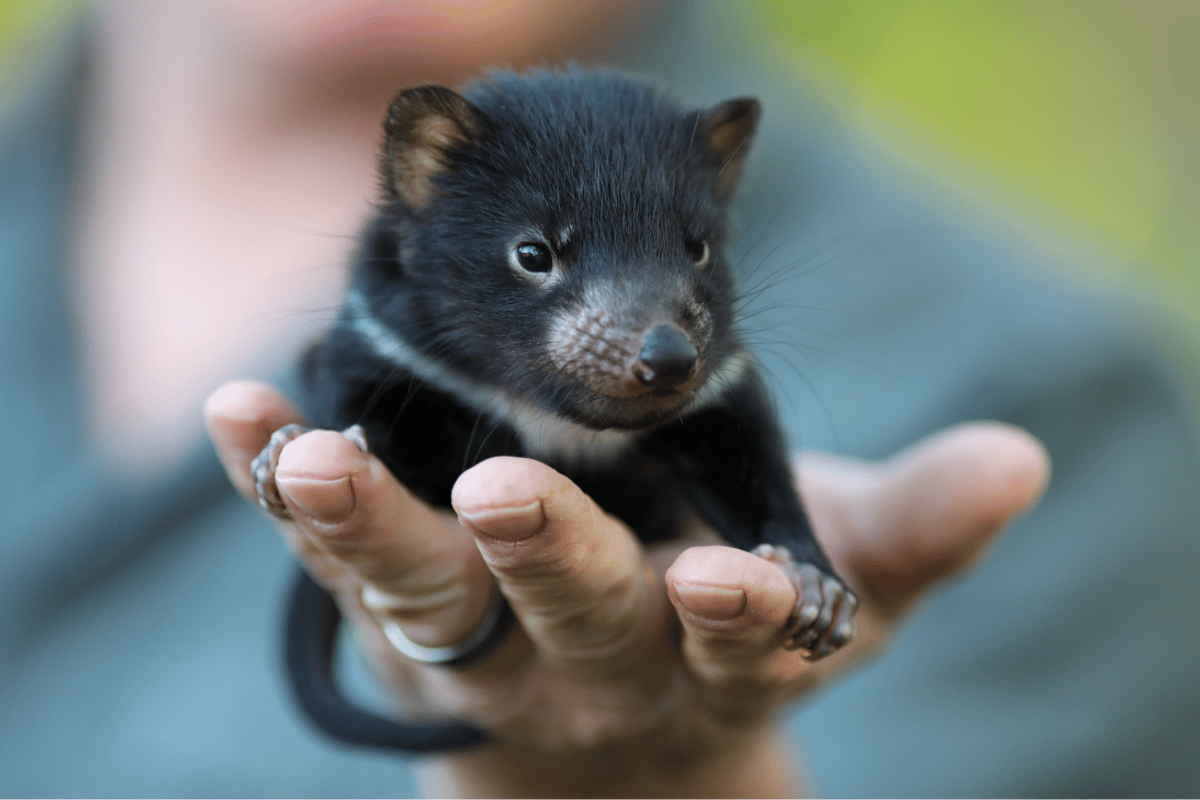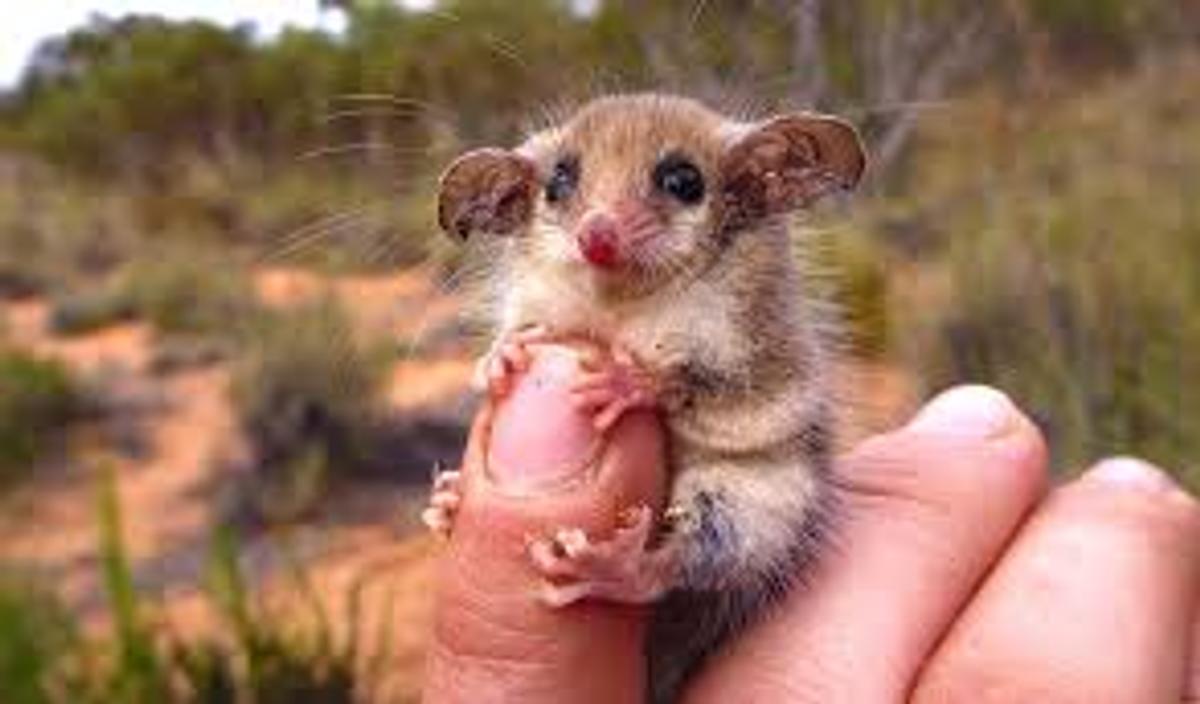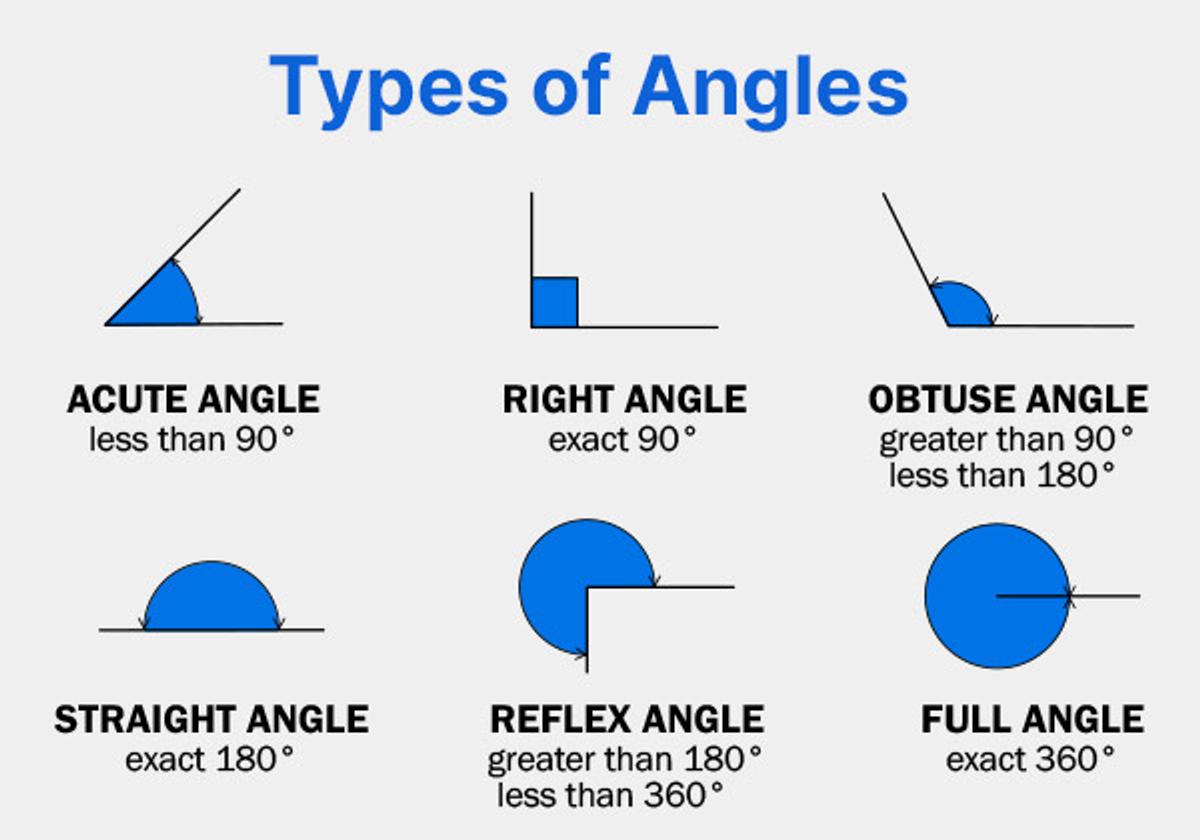Year 4/5
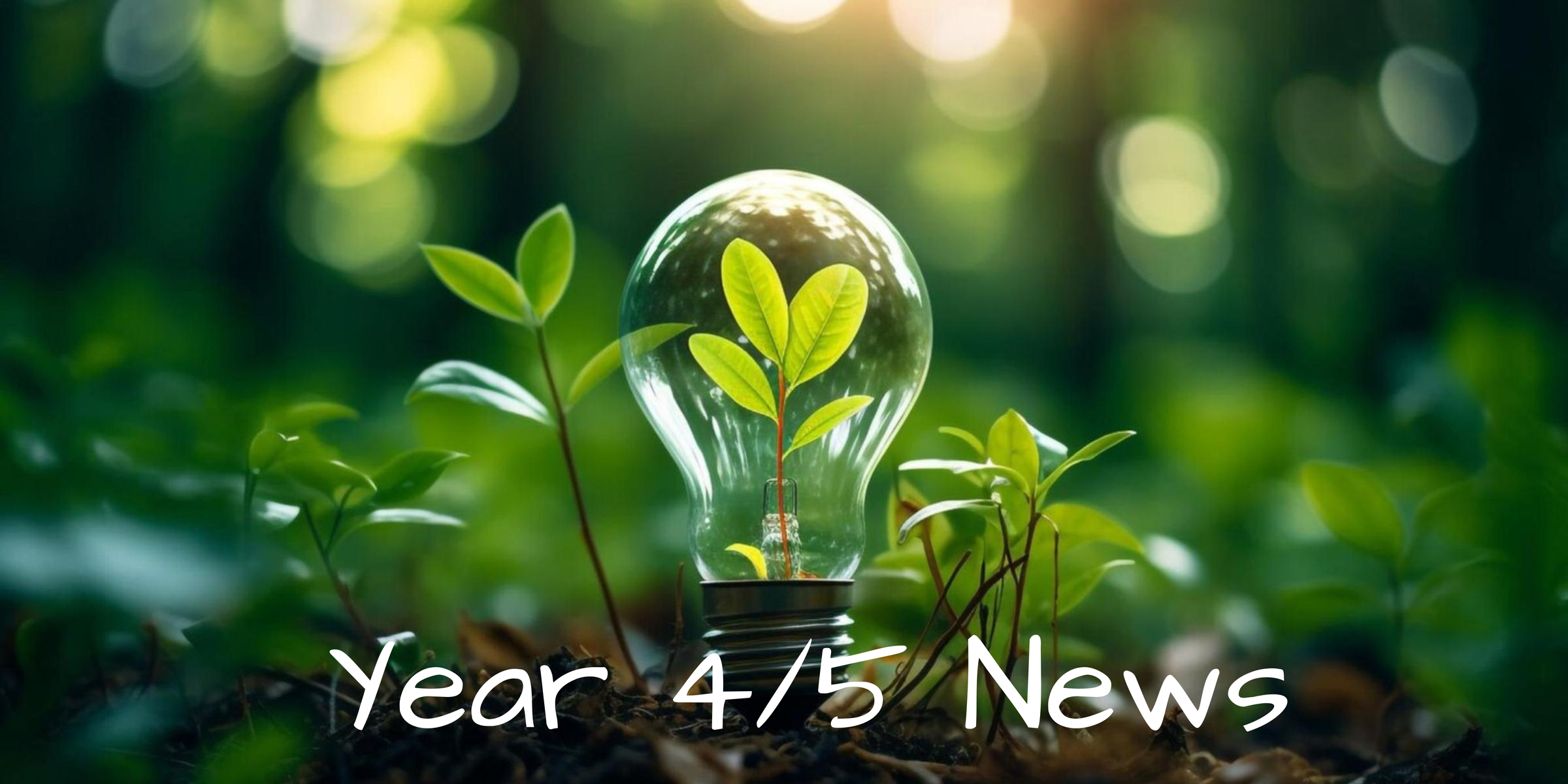
Literacy
Our school came alive with the excitement of Book Week 2025. The theme “Book an Adventure” inspired students to explore new stories and share their love of reading.
A highlight of the week was our Book Character Parade. We strutted our best walks across the stagefloor in wonderful, imaginative costumes, bringing favourite book characters to life. From classic storybook heroes from The Hobbit to modern favourites like The Iron Man, the creativity and effort that went into the costumes was incredible. Thank you to all families for supporting students with their costumes and for joining us in celebrating the joy of reading. Book Week reminded us once again how powerful and fun books can be.
But we did notice some one was missing and I know everyone was asking...Where's Wally? Can you find him hiding in the photo below?
Geography
Oh have we been on a journey! We have been exploring the incredible world of Australian plants. Did you know there are over 24,000 different native plants across our country? From the tall gum trees that give koalas a place to rest, to the spiky spinifex grass that can even be used to make glue, every plant has a special job. We’ve learned about banksias that feed birds and bees, bottlebrush plants that brighten up gardens, and macadamia trees that give us delicious nuts. We have also discovered how Aboriginal and Torres Strait Islander Peoples have cared for and used plants for thousands of years—for food, tools, medicine, and even stories. Our learning has shown us that plants are not just beautiful to look at—they provide oxygen, food, and shelter, and help keep our environment healthy.
We have also been learning and appreciating our home and how we share it with the most unique animals in the world—creatures you won’t find anywhere else! From the pouch-carrying kangaroo and koala to the egg-laying platypus, our wildlife is full of surprises. These animals live in all sorts of environments—rainforests, deserts, rivers, beaches, and grasslands—and each one has special adaptations to survive in their habitat.
But sadly, many of our animals are in danger. Koalas are losing their gum tree homes, the platypus needs clean rivers to survive, and even tough creatures like the Tasmanian Devil and Murray-Darling Carpet Python are struggling. Smaller animals like the Spotted Tree Frog and the tiny Mountain Pygmy Possum also face big challenges from habitat loss, pollution, and predators like cats and foxes.
The good news is, we can help! Planting native trees, protecting habitats, keeping rivers clean, and learning more about these animals all make a difference. By looking after our environment, we’re also protecting the incredible creatures that make Australia so special.
Next time you spot a koala in a gum tree or a bird swooping across the sky, remember—you’re sharing your home with some of the most fascinating animals on Earth!
Maths
We have been learning some really clever strategies to solve problems! We’ve been using the Break Up strategy to tackle addition, subtraction, and multiplication problems. By breaking numbers into smaller, easier parts, we are finding solutions step by step and checking that our answers make sense. We have also been learning how to reason and justify which solution or strategy is the most efficient way to solve problems.
We’ve been exploring angles in all sorts of creative ways! We created our own unique maths problems, learning how to identify different types of angles—like acute, obtuse, and right angles—and measuring them accurately with a protractor. This hands-on learning helps us see how angles are everywhere around us, from playground equipment to the corners of a classroom!
It’s been exciting to build confidence, use smart strategies, and have fun discovering the shapes and numbers in the world around us!
Science
We are learning about chemical science this term and have been exploring materials and their uses. We’ve been learning about natural materials like wood, clay and wool, which come from plants, animals and rocks and how they can be used to make useful items such as shelters, bowls and clothing. We’ve also discovered how some of these can be changed into processed materials, such as paper, glass and steel, that are used in everyday life. Another exciting focus has been composite materials, where two or more materials are combined to make something stronger or more useful, like concrete or fibreglass. We have investigated the properties of materials—whether something is strong, flexible, waterproof or able to conduct heat—and how these properties influence the way we use them. This learning has helped us see just how closely science connects to the objects we use every day.

